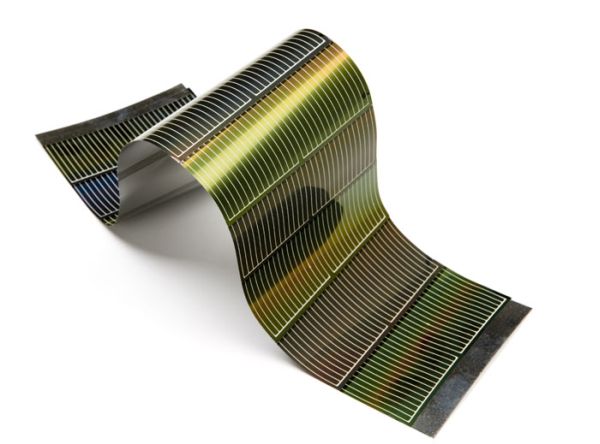Have you ever thought that a stadium, aside from welcoming sports lovers, could also be a solar power plant? If not, then think again because Kaohsiung, Taiwan’s second largest city has one of the brilliant architectural creations by famous designer Toyo Ito. The stadium is the world’s only stadium to draw energy from the sun. The Pritzker Prize winner wanted to do something different and so, he integrated a whole new dimension to a regular steel stadium by adding a solar power plant that operated within the stadium! Novel, isn’t it?
Kaohsiung is known for its surf-side location and abundant sunlight that gained popularity world over when it hosted the World Games 2009. Ito in an interview revealed the whole structure of the stadium wherein he proposes to use solar panels to cover the entire stadium-seating roof. The whole 22,000 sq. meter roof area is fitted with 8,844 photovoltaic panels embedded in frames of laminated glass.
You will be amazed to know that spectators are always protected from the sun while they watch live action within a humongous solar plant fitted with a large number of solar panels. The stadium offers maximum natural ventilation and the roof is designed in a spectacular web of 32 spiral steel pipes – the primary backbone of the concrete ribs. The whole structure spreads on the stadium’s short sides, with two extensions that curl outwards.
The ‘C’ shaped stadium is one of the brilliant structures in depicting the modern 21st century era. The stadium with a seating capacity of 40,000 people is filled with natural features making it perfect for watching live action. The airiness of the stadium is same as the Frei Otto’s famous tent-ringed Olympic stadium in Munich.
The biggest challenge faced by Ito during this project was to fit those 8,844 solar panels along the roof’s curving, giving it a spiral and smooth snake like structure. The world’s only eco-friendly stadium is capable of providing around 80 percent of its electricity during game time. Hence, it eliminates around 660 tons of carbon dioxide a year. Also labeled as The White Elephant, the stadium also becomes a power generator capable of powering 3,300 buildings and 2 big screens simultaneously when the stadium is not hosting any sports event. The stadium can sell electricity to the local power services to earn city government hefty revenue of over $150,000 per year.





